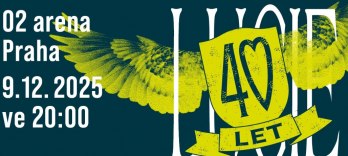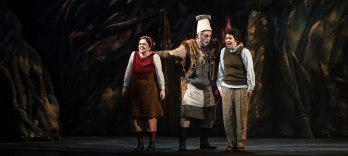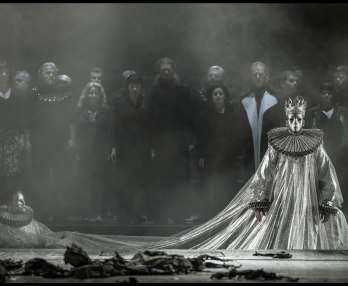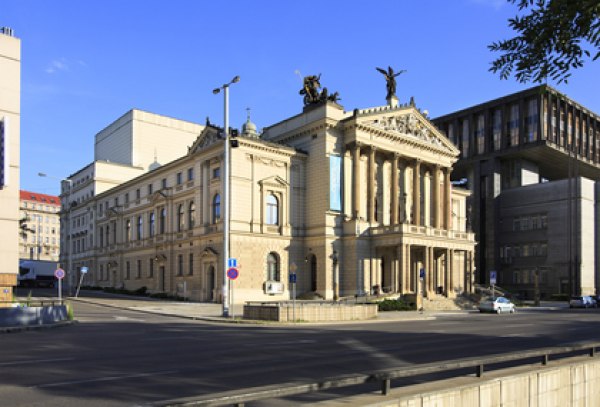Prague Opera Tickets | Prague Concerts Tickets
What's on
Prague National Theatre
Prague - Prague National Theatre
Su 14 Dec 2025, 11:00-12:20 - Su 21 Dec 2025, 11:00-12:20
Su 14 Dec 2025, 11:00-12:20 - Su 21 Dec 2025, 11:00-12:20
Classic Concerts in Prague
Prague - Lichtenstein Palace
Fr 12 Dec 2025, 17:00 - Su 04 Jan 2026, 17:00
Fr 12 Dec 2025, 17:00 - Su 04 Jan 2026, 17:00
Mozart Dinner
Prague - Boccaccio Ballroom - Grand Hotel Bohemia
Tu 09 Dec 2025, 19:00 - We 30 Dec 2026, 19:00
Tu 09 Dec 2025, 19:00 - We 30 Dec 2026, 19:00
O2 Arena
Prague - O2 Arena Prague
Tu 09 Dec 2025, 20:00 - Tu 09 Dec 2025, 20:00
Tu 09 Dec 2025, 20:00 - Tu 09 Dec 2025, 20:00
O2 Arena
Prague - O2 Arena Prague
Tu 09 Dec 2025, 19:30 - Tu 09 Dec 2025, 19:30
Tu 09 Dec 2025, 19:30 - Tu 09 Dec 2025, 19:30
Prague State Opera - Engelbert Humperdinck
Prague - Prague State Opera
We 10 Dec 2025, 17:00 - 19:15 - Su 18 Jan 2026, 14:00 - 16:15
We 10 Dec 2025, 17:00 - 19:15 - Su 18 Jan 2026, 14:00 - 16:15
Bestseller events
Latest news
Official Tickets and Programme for the Prague State Opera, National Theater and Estates Theatre. Buy online tickets at best prices for the new opera and ballet events for all Prague Theaters....

 EN
EN DE
DE IT
IT FR
FR ES
ES RU
RU JP
JP RO
RO









